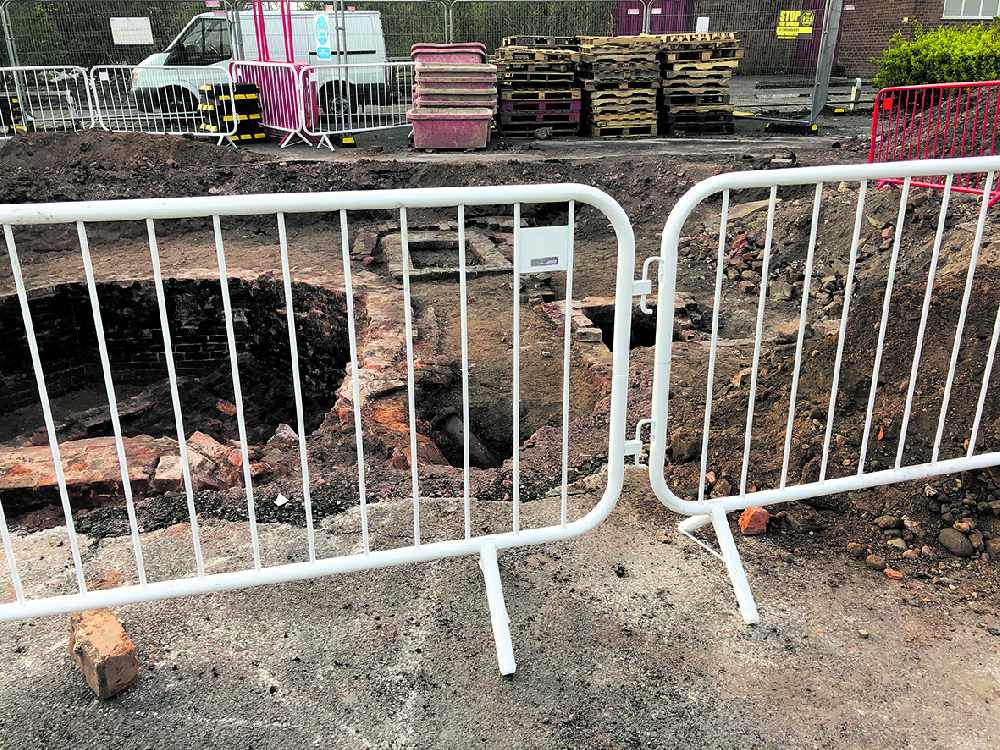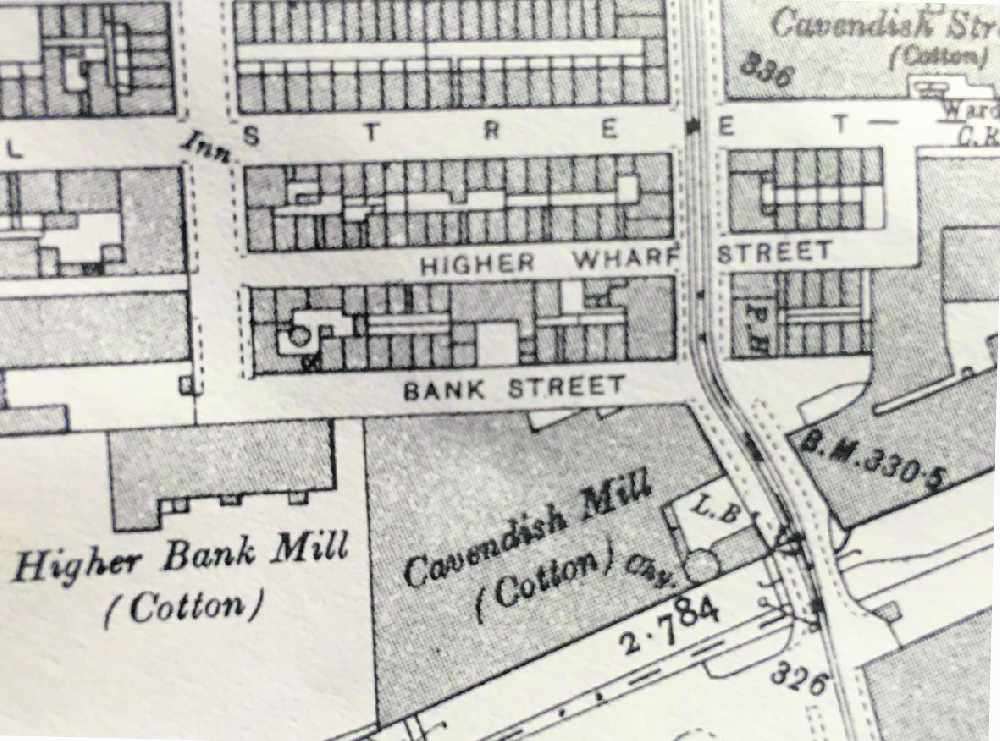
A part of Ashton's proud history has been unearthed - literally - as works to build new homes around Cavendish Mill get underway.
Planning permission for the new social housing estate next to the historic Grade Two-listed Cavendish Mill off Bank Street was approved back in 2019.
Work on the development is now underway, with two separate construction sites.
The larger one will see the construction of a four-storey mill style apartment block fronting onto the canal being built on the former Higher Bankfield Mill.

Homes will also be constructed along Bank Street opposite Cavendish Mill on the former site of a car park.
As the diggers moved onto the sites in recent weeks, excavation work has revealed the footings of the Victorian Higher Bankfield Mill plus the workers’ homes under the car park tarmac.
One round brick structure has also been carefully excavated as the site begins to resemble a scene from Time Team.
It has left some local historians puzzled about what it might have been - a chimney or a well - with investigations continuing.
Tameside Local Studies and Archives have provided us with these old maps of the area.

The earliest map dates from 1765 which shows the canal with ‘F2’ being Portland Basin. All of the land then belonged to the Earl of Stamford.
The second is a map from 1863, before Cavendish Mill, showing Bankfield Mill, but which does highlight the chimney or well at that stage, while the later map, showing Cavendish Mill, most certainly does.
Cavendish Mill itself was built on the site of the Old Bankfield Mill, which was erected in 1820/21 and was the first cotton mill in Ashton to be built by the side of the Manchester and Ashton-under-Lyne Canal. Around 1848 a two storey building with 15 windows was erected.
The site was later purchased by the Cavendish Spinning Co Ltd, and Cavendish Mill erected in 1884-5.
The architects were Potts, Pickup and Dixon of Oldham, with the type of construction used (concrete floors, rather than brick arched floors) on steel girders, pioneered by Edward Potts.
As well as being the earliest such structure in Ashton, it is one of the earliest in Greater Manchester (and probably the world) and consequently of great significance.
Cavendish Mill ceased spinning cotton in 1934 and was then used for a variety of purposes before it was converted into housing in 1994.
Read more from the Tameside Reporter
Click here for more of the latest news
Click here to read the latest edition of the paper online
Click here to find out where you can pick up a copy of the paper


 Tameside mum takes on Manchester Marathon challenge to raise funds for cancer unit
Tameside mum takes on Manchester Marathon challenge to raise funds for cancer unit
 Hattersley apartment block hits new heights with major construction milestone
Hattersley apartment block hits new heights with major construction milestone
 Young people are cooking up a treat at Care Leavers Teatime Club
Young people are cooking up a treat at Care Leavers Teatime Club
 Stalybridge Street Fest is back for another year
Stalybridge Street Fest is back for another year



